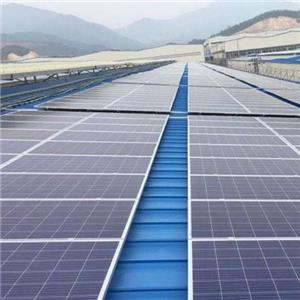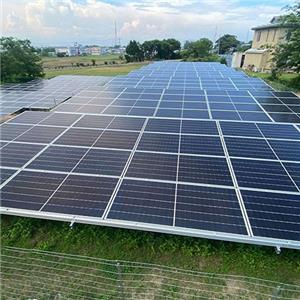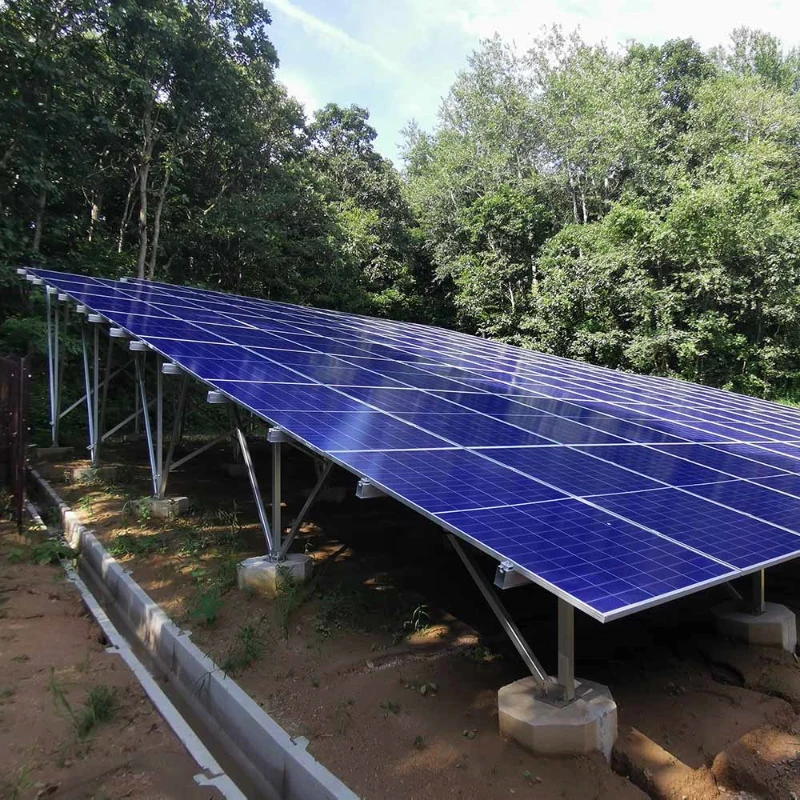Is the future of photovoltaics in the Sea?
The photovoltaic market continues to be hot. On the one hand, the planned installation continues to soar. On the other hand, as the photoelectric conversion efficiency of the current leading technology PERC approaches the theoretical limit, photovoltaic technology has come to the critical moment of iteration.
Within a year, perovskite battery, HJT battery, TOPCon battery and so on, a variety of technical solutions came out, strong performance, to the market brought no small expectations.
However, in the debate over who will dominate the next generation of photovoltaic cells, many coastal provinces and cities, securities institutions, upstream materials and downstream equipment companies, gradually focus on another relatively subdivided field -- offshore photovoltaic.
Since the beginning of this year, coastal provinces such as Shandong and Zhejiang are vigorously promoting the development of offshore PV and have issued detailed rules. Especially after wind power has become a definite development trend, the combination of "maritime scenery" has also become an innovative idea to broaden the green development of energy.
If nothing happens, in 2023, in addition to distributed and large bases, offshore will become another important scenario and focus of competition for PV applications.
It's not a new concept
In recent years, with the continuous growth of onshore PV installations, land resources are becoming a key factor restricting the scale development of PV. On the contrary, the sea area is wide, sunny and unshaded, and the space for development is considerable, which quickly enters people's vision.
Pile - based fixed and floating are the two main ways to realize offshore PV.
Among them, the pile fixed photovoltaic power station, also known as the elevated surface photovoltaic power station, is usually applied to the site with shallow water level, no geological disasters such as site subsidence and small water level change, such as tidal flats, intertidal zone and other waters with a depth of less than 5m.
Floating photovoltaic power station refers to making photovoltaic modules, inverters and other power generation equipment float on the water surface by means of floating body and floating platform. It is suitable for middle and far ocean waters with a depth greater than 5m. The foundation mainly has two structural types: floating tube + support and floating tank + support.
In fact, at the early stage of the development of the photovoltaic industry, there was a "pond surface photovoltaic" model in foreign countries, and many domestic enterprises, including Tongwei Co., LTD., Solar Power Supply Co., LTD., also created a "fishing-light integrated" model.
However, different from offshore PV, the "fishing and light integrated" mode is mostly the construction of photovoltaic power stations in inland lakes and reservoirs, which can be understood as "surface PV" or "lake PV". In this mode, violations by enterprises in the construction process are likely to have a great impact on river flood flow, flood control safety, river stability and shipping safety.
Also based on this, in May this year, the official website of the Ministry of Water Resources released the Ministry of Water Resources on Strengthening shoreline space control of rivers and lakes, pointing out that "photovoltaic power stations, wind power generation and other projects shall not be built in rivers, lakes and reservoirs. The construction of photovoltaic and wind power projects around lakes, reservoirs and backwaters should be scientifically verified and strictly controlled."
Due to policy and land restrictions, "surface PV" has been tepid. On the contrary, "offshore PV", which is more conducive to breaking through land, space and shipping constraints, has naturally become the object of attention. But the wave, terrain, natural disasters and other factors make its technology, cost requirements are higher, so most of the industry is still wait-and-see attitude.
But according to New Knowledge of Technology, the prospects for offshore photovoltaics are very promising.




